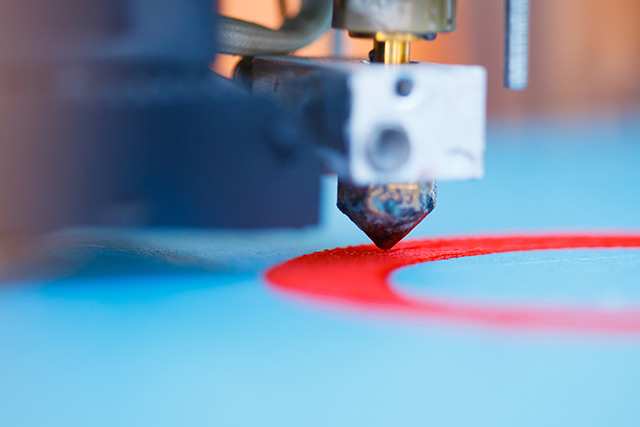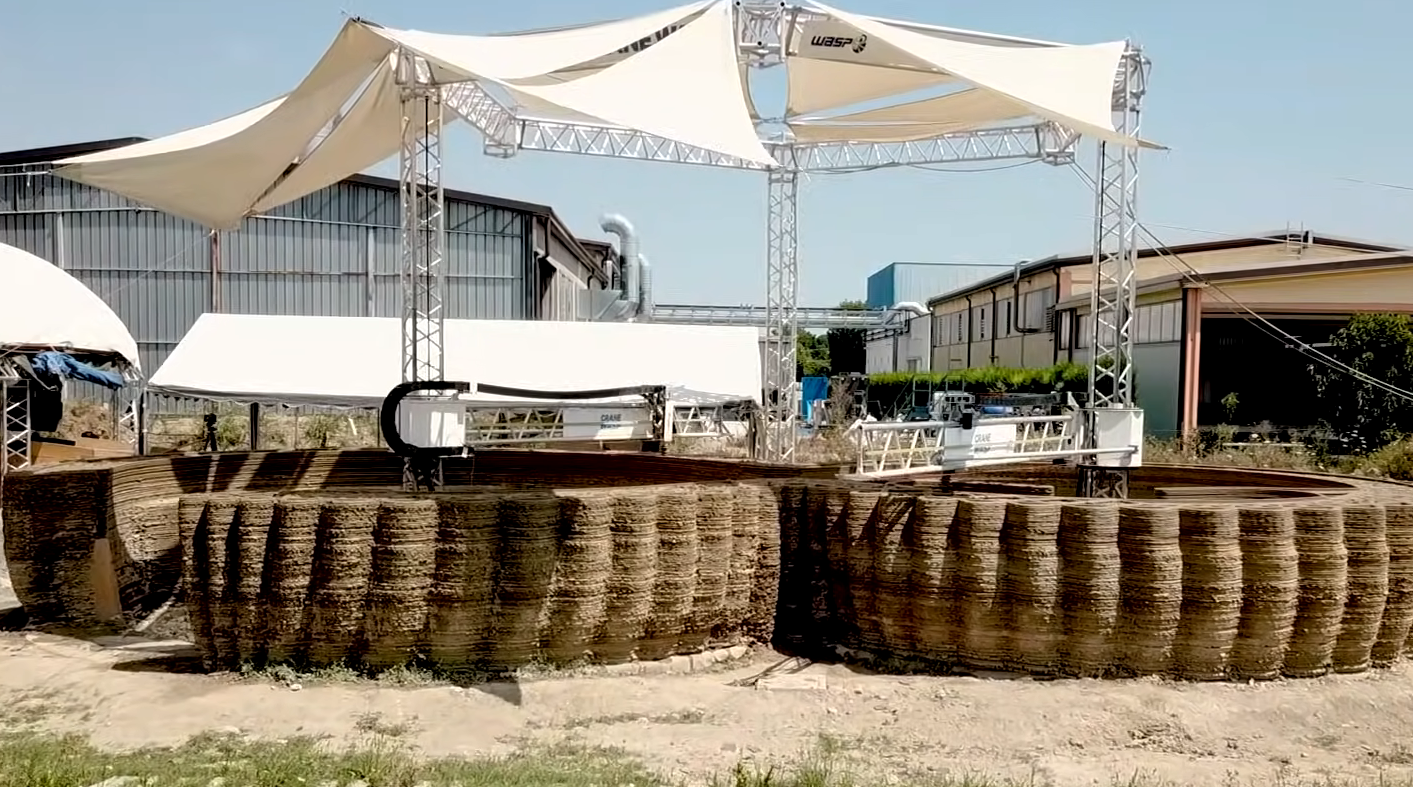
The cells which make up the tattoo are combined with hydrogel and nutrients so that it can be printed in layers to create a three-dimensional, interactive device.
For the tattoo, engineers printed a thin transparent patch that contained live bacteria in the shape of a tree. Each of the branches is made of different chemicals which are designed to illuminate once it comes into contact with a chemical stimulus outside.
Researchers explained that this process can be used for more practical applications such as wearable sensors and interactive displays. The "tattoos" may also be made of live cells to detect any harmful chemical in the environment, and any changes in the pH and temperature. They also have developed a model that anticipates interaction between cells in a 3-D printed structures. This will help future research on "designing responsive living materials."
The idea of responsive 3-D printed materials has been going on for a long time. While other studies have used specialized polymers to create the materials, the MIT researchers have been the only one successful applying the concept to live cells. Other attempts used mammalian cells; however, these were unable to hold out during printing.
On the other hand, bacteria, which the team used, had very tough cell walls, which enabled them to survive harsh conditions, such as the force of the ink that was applied to them. Moreover, bacteria are compatible with most hydrogels as the team discovered the material provided an aqueous environment that bacteria can thrive in.
The bacterial cell used for the tattoo was made to light up as a way to respond to various chemical stimuli. With the final piece answered, the team then created a recipe for their 3-D ink, which is a mix of bacteria, hydrogel, and nutrients to feed the cells and keep them functional. A custom-built 3-D printer was used to test print the patch. (Related: New 3D printer can print custom organic molecules in your home.)
“We found this new ink formula works very well and can print at a high resolution of about 30 micrometers per feature,” according to Xuanhe Zhao of MIT's Department of Mechanical Engineering. “That means each line we print contains only a few cells. We can also print relatively large-scale structures, measuring several centimeters.”
To test the functions of the tattoo, the research team applied the hydrogel patch at the back of the test subject's hand. The bacteria in each of the specific branches lit up after it was exposed to their chemical trigger. Another thing that the researchers did was to program cells to light up after receiving a certain signal from another cell in the tree branch. This enabled more advanced signals after each part of the cell communicated with each other.
Researchers are looking at multiple possibilities of application for this technique. In the future, they posit that this can be part of what they describe as a living computer: "structures with multiple types of cells that communicate with each other, passing signals back and forth, much like transistors on a microchip."
Immediate applications could include sensors and patches which can be customized to detect various chemical and molecular compounds. The study also considers the pharmacological benefits of the technique, such as delayed release patches which are able to produce their own compound.
Sources include:
Please contact us for more information.























